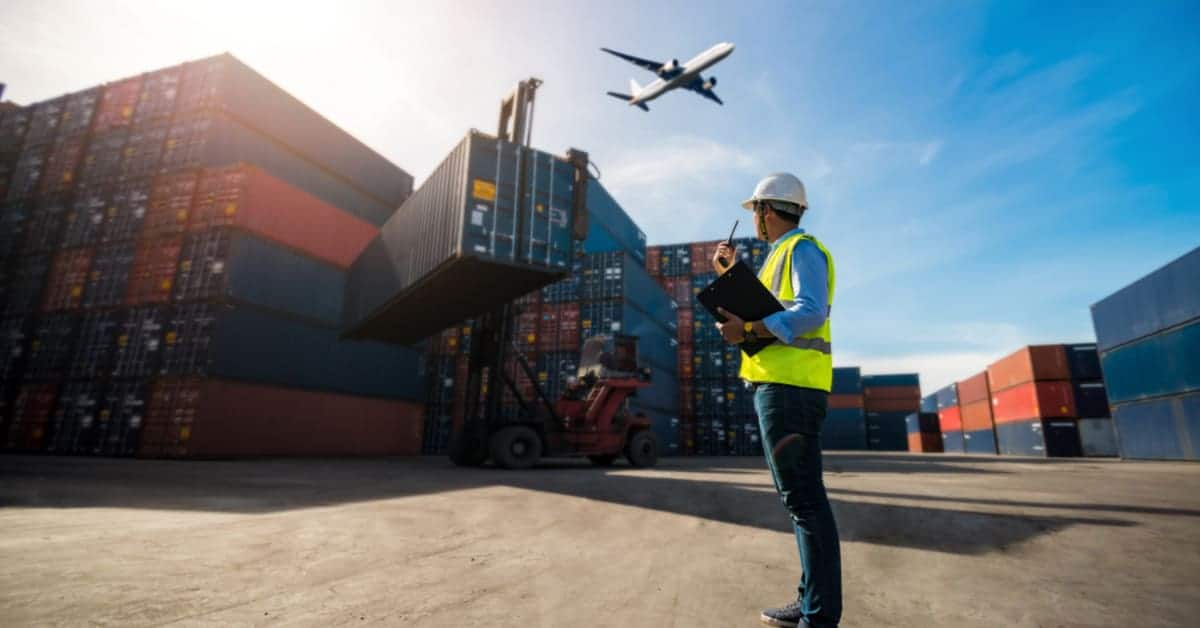The 2019 Transport and Logistics Skills Report enlightened the industry with the skills required for the advent of digital technologies paving the way for the future in Australia. The purpose of the report was to identify the skills needed and to anticipate the requirements in the industry for the immediate future, which is four years. The industry of transport and logistics employs over 500,000 Australians across a variety of sectors be it logistics, road transport, warehousing and more. The industry in itself is vital to the economy and the smooth function of domestic and international trade functions. However, with the advent of digital technologies, to forego disruptors it is important that Australia as a nation prepares for what’s to come and ensure expectation are met with supply. Thus having these transport and logistics skills will be ideal for those seeking to join the workforce in the coming years.
It shouldn’t come as a surprise that newer digital technologies have been known to disrupt and often rearrange how processes and functions occur. By identifying the needs and global trends, it has been evident that the likes of autonomous vehicles are popular in transport and logistics globally and in line with these trends, Australia too has forayed into trialing them in anticipation. The increase use of automate and semi-automated vehicles are slated to increase.
From Vehicle-to-vehicle (V2V), vehicle-to-infrastructure (V2I), and vehicle-to-everything (V2X) technologies for communications that rely on interconnectivity have also increased the need for big data. This accounts for the technologies to carry out remote diagnostic services, smart routing and not to mention improving efficiencies. For these to be established, it is important that transport and logistics skills for the intended workforce should also include some proficiency in digital literacy, cyber security, and not to mention data analytics for the purpose of productivity and customer service boosts.
Furthermore, upgrades are being made to infrastructure, such as with warehousing facilities being retrofitted with automated systems and robotics to supplement productivity in the supply chain process. The need for personalization in the supply chain will continue to rise but the transport and logistics industry is focusing on sustainable means of supply chain services for improved efficiencies and not to mention the traceability of the goods. Many establishments are trialing block chain technology whilst others are looking to telematics (vehicle tracking and performance analytics) and fatigue monitoring devices in the hope that will increase safety at the workplace.
It’s important for those in the industry to ensure that the necessary transport and logistics skills be finessed and trained for to expect the changes in the coming years.
Image: bestcolleges

